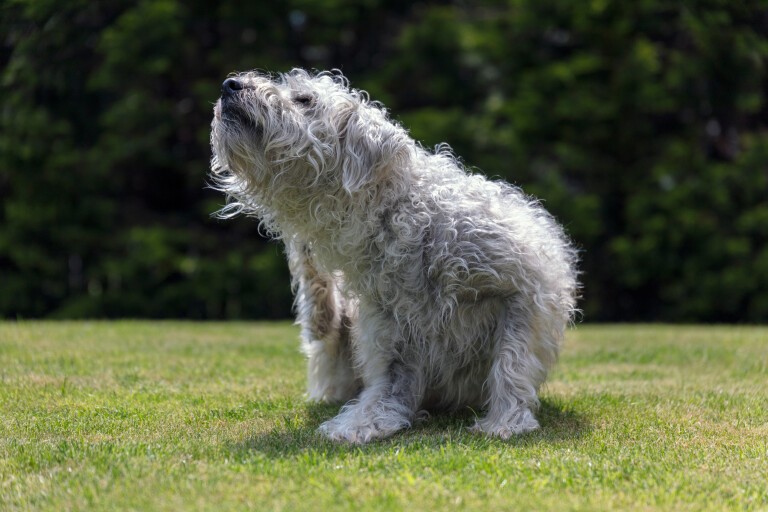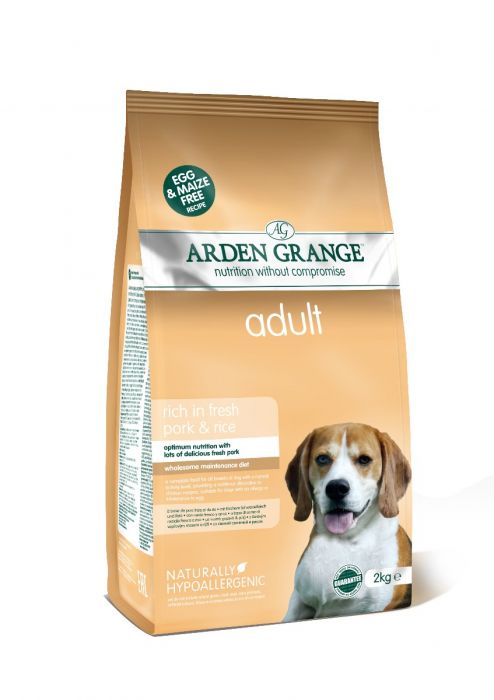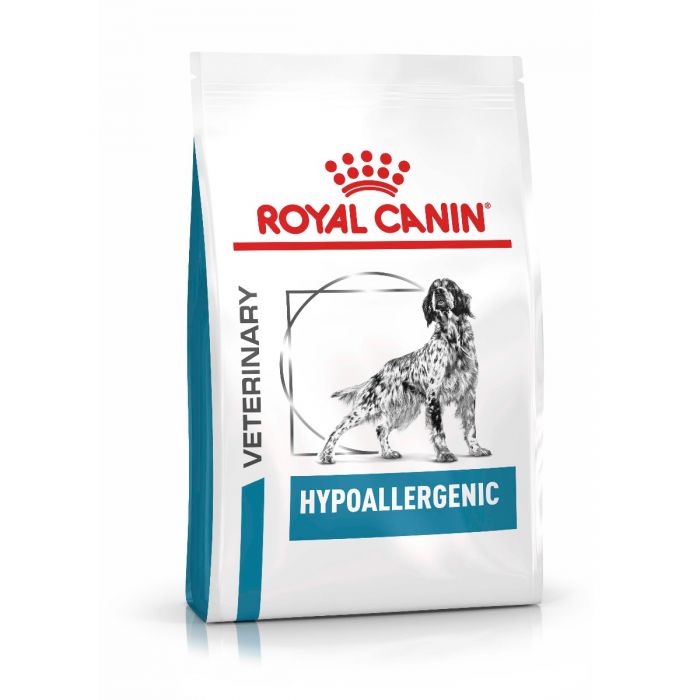Dog Allergies: Symptoms and Treatments
Just like us dogs can experience allergic reactions caused by their immune system responding to a foreign substance . There’s a large number of substances that can act as allergens. Examples of common allergens are plants, pollens, mold spores, dust mites, food proteins, shed skin cells (similar to pet allergies in humans), insect proteins such as flea saliva, and some medications.
Spotting the signs of an allergy
Skin irritation will often be a prominent sign of an allergy. Itchy, red and scabby skin are common symptoms, and affected dogs will often scratch repeatedly. In some cases, the symptoms involve the respiratory system, with coughing, sneezing, and wheezing. Sometimes, there may be runny discharge from the eyes or nose. In other cases, the allergic symptoms affect the digestive system resulting in vomiting and diarrhea.
Flea saliva is by far the most common insect allergen in dogs, causing flea allergy dermatitis. Dogs that suffer from this allergy will react by itching, biting, scratching and may even remove large amounts of hair, especially in the tail-base region.
Food allergy or food hypersensitivity can develop to almost any protein or carbohydrate component of food. It most commonly develops in response to protein of the food; dairy products, beef, chicken, lamb, wheat gluten and soy. The symptoms for a food allergy are similar to the above, excessive itching, respiratory distress and gastrointestinal problems.
How common are allergies in dogs?
All dogs could potentially experience an allergic reaction but some breeds are thought to be more prone. Susceptible breeds can include Terriers, Setters, Retrievers, Pugs, Bulldogs and Boston Terriers. Most allergies appear after the dog is six months of age, with the majority of affected dogs over the age of one or two.
Treatment for allergic reactions
If you think that your dog has an allergy, speak to your vet. The exact method of treatment will depend on the cause of the allergy but removing exposure to the culprit will be a key part of this.
Some forms of treatment for common allergies include:
- Food allergies- An elimination or hypoallergenic diet will be introduced to help identify the foods that are problematic. It can take up to 12 weeks for the special diet to have an effect. If after this time period you start to see an improvement, your vet will advise you on how to proceed.
- Flea allergy dermatitis- It is important to have a year round treatment plan to protect against flea infestations so that your dog is not affected by them.
- Dust mites- It is recommended that you clean your dog’s bedding at least once a week and vacuum regularly. This will help to limit their exposure to dust.
- Environmental triggers- Prescription or hypoallergenic shampoos are typically recommended to avoid the possibility of drying out your dog’s already irritated skin. Frequent bathing with these shampoos can also be soothing to itchy, inflamed skin. Bathing also rinses out allergens in and on the coat that can be absorbed through the skin.
Other treatment options are available including medication which works on the immune system. Your vet can recommend options that may work based on your dog’s symptoms and the type of allergy that they have.
Visit the Animed Direct website for our full range of skin/allergy products and to search our prescriptions A-Z.



